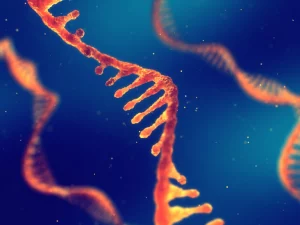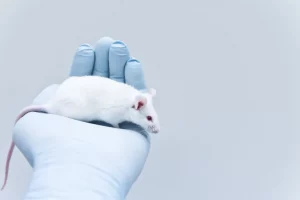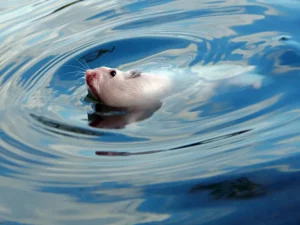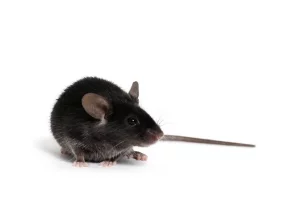
Spotlight: The CMRR Ataxia Imaging Team
Location: University of Minnesota, MN, USA Year Research Group Founded: 2008 What disease areas do you research? Ataxia (SCA1, SCA2, SCA3, SCA6, Friedreich Ataxia) Multiple System Atrophy – Cerebellar Ataxia Huntington’s Disease Amyotrophic Lateral Sclerosis Multiple Sclerosis Alzheimer’s disease Parkinson’s disease Traumatic Brain Injury Diabetes What models and techniques do you Read More…
















